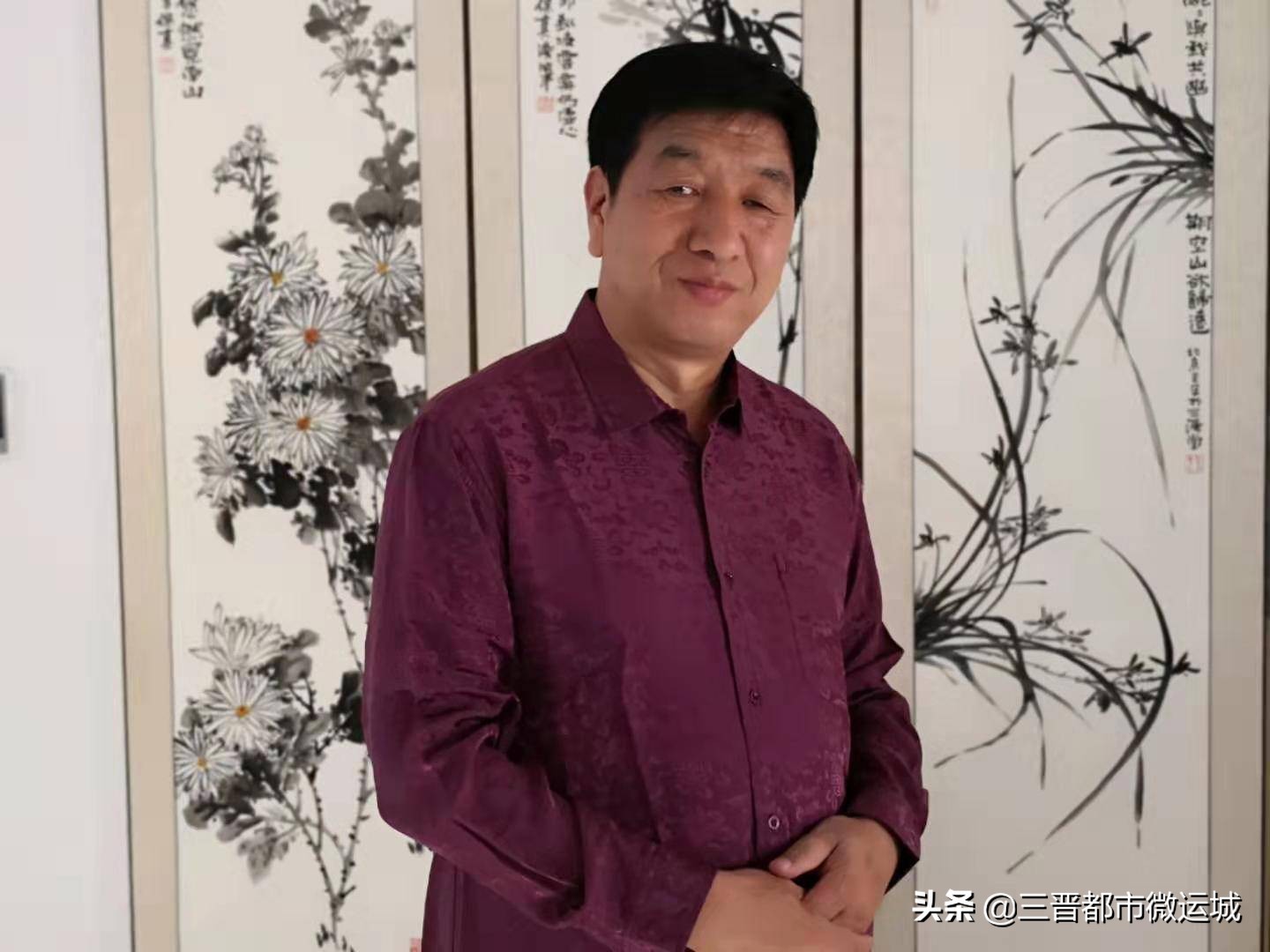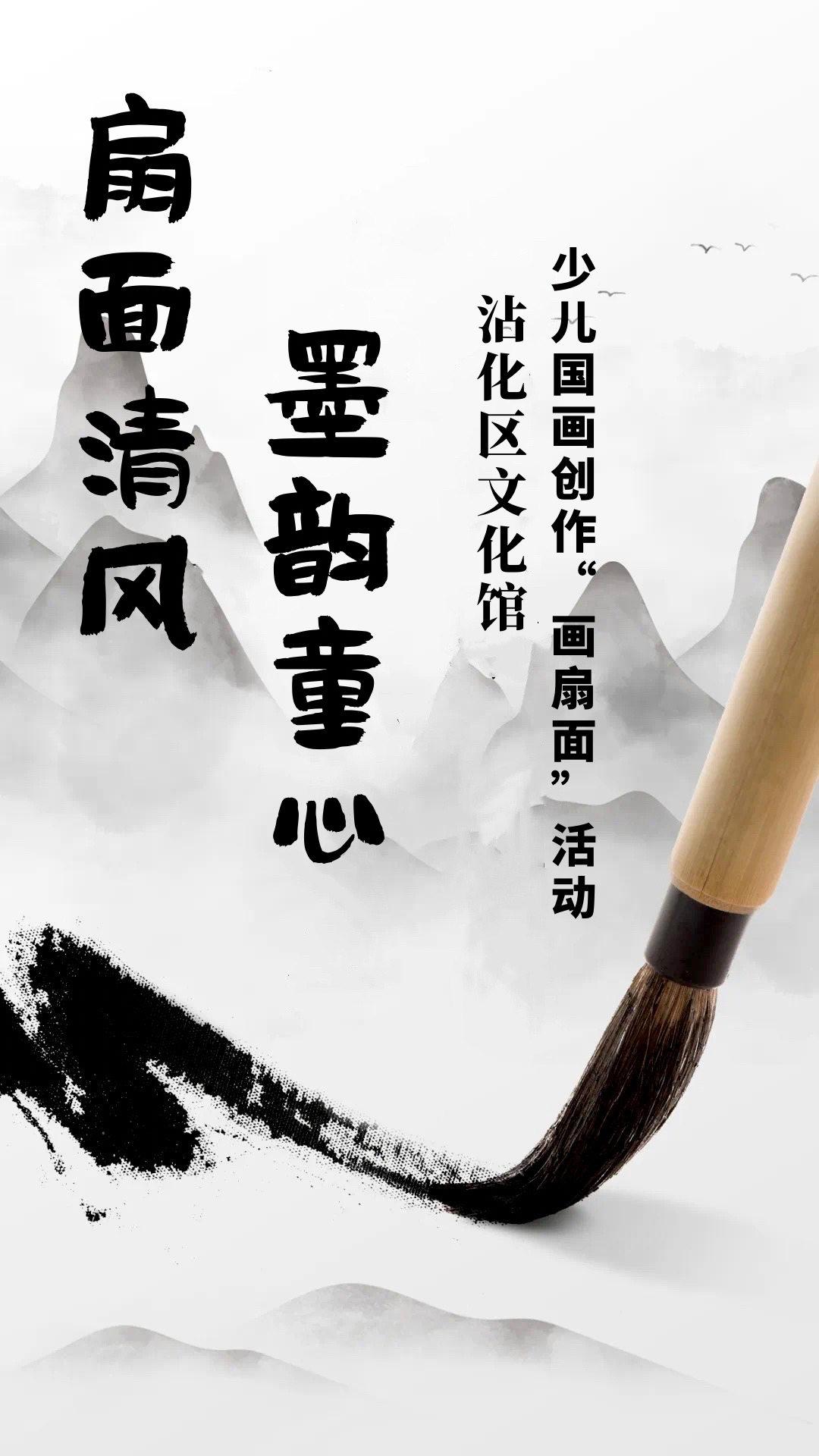How thrill is the rescue of VR 丨?This Xiaoyanglou tells you!
Author:Southern Magazine Time:2022.08.15
"Southern" magazine all media reporter 丨 Shadow Chen Chunlin Chen Bingqing Liu Jiaye
Correspondent 丨 鄢 鄢 Zhou Wenmei Zhang Zhiying
80 years ago, more than 800 cultural celebrities were escorted by Guangdong, Hong Kong, Macao, and more than 800 cultural celebrities ... This is the famous "Provincial and Hong Kong University Rescue" in history. This rescue was called "the greatest rescue work ever since the War of Resistance Against Japan (it can be said to be in history), and it is a miracle created by the Communist Party of China. After the victory of the rescue work, many people think that the choice of the risk line played a vital role in the successful breakthrough of the Japanese aggressive army blockade.

At 70 Dongtang Street, Qiaocheng, Huicheng District, Huizhou City, there is a three -story old house, known as the "Donghu Hotel". It was one of the main transfer stations of this secret rescue. Today, as the rescue of the Chinese Celebrity Exhibition Hall, it vividly tells the thrilling red past 80 years ago.
On the 77th anniversary of the victory of the War of Resistance Against Japan, the reporter of "Southern" magazine took you into the Donghu Hotel and looked back at the years of war.
Q1: Why do small hotels assume the history of modern revolution?
As one of the main transit stations in the secret rescue, "Donghu Hotel" transferred more than 100 cultural celebrities including Mao Dun, Zhang Youyu, Hu Sheng, Ge Baoquan. The predecessor of Donghu Hotel was not a hotel, but a private villa of Zhai Yuting, the president of the Huizhou Chamber of Commerce during the Republic of China. The building is southeast of the northwest, three floors and half -flat roofs, brick -concrete structures, blue brick walls, totaling 23 meters wide, totaling 13 meters deep, and an area of 299 square meters. The classics of Western style architecture during the period.

In 1938, the Japanese invaders captured Huizhou, and most of the buildings were destroyed by the Japanese army. Zhai Yuting had to change the rest of the house after the robbery to "Donghu Restaurant" to open foreign business. This change of the greatest rescue operation with the history of the Chinese Anti -Japanese War has formed an inextricable bond.
In order to make full use of this precious red resources and create a patriotic education base brand, in 2018, the two governments of Huizhou and Huicheng District attached great importance to the special funds to buy the old houses. Principles are repaired. Since the opening of the "East Lake Hotel" on January 30, 2019, in just three years, more than 100,000 Chinese and foreign tourists have been received, becoming a popular "red punching point" of the provincial and municipal party history education bases, and has obtained it successively. The award of "typical cases of cultural relics and monuments in Guangdong Province" and "Top Ten Cases of Revolutionary Cultural Relics Protection and Utilization".
Therefore, the paper was silent, and he talked silently. In the lobby on the first floor, there are dozens of photos of Chinese patriotic democrats and cultural people hanging on a wall, including famous writer Mao Dun, drama writer Xia Yan, literary theorist Hu Feng, reporter Fan Changjiang and Zou Tao, master of Chinese studies Liang Shuming, cartoonist Ding Cong, scientist Gao Shiqi ... They were all rescued by the secret rescue of Guangdong and Hong Kong.
Recently, in the tenth batch of Guangdong Provincial Cultural Relics Protection Units released by the Guangdong Provincial People's Government, Donghu Hotel and 4 other cultural relics in Huizhou City were selected.

Q2: What kind of background "Secret Rescue" happened?
In 1937, the Anti -Japanese War broke out, and Shanghai, Nanjing, Wuhan and other places have been defeated. Many well -known democrats and cultural people in the Mainland have transferred to Hong Kong. In January 1941, after the outbreak of the "Southern Anhui Incident" that shocked China and foreign countries, the Kuomintang stubbornly set off a second climax. In order to protect patriotic democrats and cultural celebrities from the persecution of the stubbornness of the Japanese and the Kuomintang, hundreds of cultural celebrities have been transferred from Guilin, Chongqing, Kunming, Shanghai and other places to Hong Kong under the arrangement of the Party Central Committee and Zhou Enlai.
With the arrival of a large number of cultural elites, Hong Kong's anti -Japanese war culture has become more prosperous. Cultural people continue to expose and attack the Kuomintang's negative anti -Japanese war, create split behaviors, and vigorously carry out anti -Japanese rescue publicity activities. Such as "Volkswagen Life" edited by Zou Tao, the "China Business Daily" founded by Fan Yangtze River, and "Talk" edited by Mao Dun. The Central Committee of the Communist Party of China instructed Liao Chengzhi, Pan Hannian to establish the Hong Kong Cultural Working Committee of the Communist Party of China, the Hong Kong Literary and Art Association and other group organizations based on the favorable conditions of the "free port" of the "free port" to build a huge anti -Japanese cultural front. However, with the outbreak of the Hong Kong War and the fall of Hong Kong at the end of 1941, cultural people once again faced a serious life threat. In order to rescue a large number of cultural persons who stayed in Hong Kong, the Central Committee of the Communist Party of China and the Southern Bureau were deployed, and the Eighth Route Army in Hong Kong and the Guangdong local party organization immediately took action.
Q3: How did this rescue organize and execute it?
As early as the outbreak of the Hong Kong War, Zhou Enlai instructed the Eighth Route Army to the Hong Kong Office. Once Hong Kong fell, it was necessary to transfer patriotic democrats and cultural people who stayed in Hong Kong to the mainland as soon as possible. In order to complete this arduous task, the Eighth Route Army's office in Hong Kong has established a temporary institution of the "Hong Kong -Nine and Nine Exchanges Committee". Composition. The core members immediately started to discuss the rescue plan and transfer route. After that, Zhang Wenbin immediately picked up the central government and demanded rescue funds for one million yuan.
This huge sum of money was an astronomical number for Yan'an at that time. At that time, the food costs of each person per person per day of the central government were only two meters. However, the Central Committee of the Communist Party of China can be implemented smoothly for the rescue plan and did not hesitate to fund them. Some people are puzzled by this. Mao Zedong replied like this: "We China is a semi -colonial and half feudal country. The culture is not developed, so it is particularly valuable for intellectuals ... without the revolutionary intellectuals, the revolution will not win. Q4: What was the transfer route at that time?
At that time, cultural celebrities were dressed as refugees and left Hong Kong. It is mainly divided into east -west lines. The east and west lines are transferred to Heyuan Laolong, Shaoguan and other places after converging in Tianshin Village, Pingshan. Huizhou is a must -have place. Among them, Liu Yazi, He Xiangning, and others are not suitable for wading mountains and wading because they are older, so they arrive at Haifeng.
In order to ensure the absolute safety of the transfer along the way, the Guangdong local party organizations and Dongjiang guerrillas have almost fulfilled them to establish dozens of underground transportation stations in Hong Kong, Shenzhen, Huiyang, Laolong, Shaoguan, Meixian and other places. It is precisely because of these sound grass -roots party organizations that cultural people can cross the blockade of the Dongjiang River Basin in the Japanese, pseudo -pseudo, stubborn, and bandit dog teeth, highlighting the siege.
Q5: Why is Donghu Hotel selected as a secret reception station?
Donghu Hotel is located in a bustling business place. It is close to the streets, with convenient transportation, quiet in trouble, and luxurious decoration. At that time, the third floor of the "Donghu Hotel" was packed by Zhang Guangqiong, the head of the 187th Division of the Kuomintang. He also set up a sentry box at the entrance of the hotel. Except for his friendly guards, outsiders must not go in. Lu Weiru, the Minister of Organization of Huiyang County Party Committee, who is responsible for the reception of Huizhou, and after asking the superiors to agree, he decided to rented the "Donghu Hotel" on the one or two floors of the "East Lake Hotel" as the general manager of Hong Kong Changye Company and set up a secret transportation station Essence The Kuomintang division lives on the third floor, and our cultural celebrities live on the second floor, and there are sentrys on the first floor. The alert was strict, but the building did not interfere with each other. This is the most dangerous place into the most dangerous place, which is usually a shot on film and television, but it really occurs in the rescue operation, which fully demonstrates the courage and wisdom of the underground party of Huizhou and the enemy.
"This rescue operation fully reflects the intimate relationship between our party and our army and revolutionary intellectuals in the war years, and the flesh and blood is connected." Zhang Youyu once commented. Xia Yan commented: "This is the real liver and gallbladder, life and death." Guangdong local party organizations and Dongjiang Anti -Japanese guerrillas are hard in the rescue work. They use actual actions to establish an immortal monument, which has inspired us to realize the Chinese nation. The great motivation of the great revival journey!
- END -
Han Mo Dan Qing Chuanxin is the heart of the country's native love -remembering the painting and painting master Wang Baozhen

Wang Baozhen: Pseudonym Wangzi, a native of Yuncheng, Shanxi.A reporter from the C...
Lile and Music Shandong | Binzhou: The Cultural Museum of Zhanhua District organizes the "painting fan" activity of children's Chinese painting creation

Fan, known as ,There are also names such as h (shà, sound), noodle noodles and so...